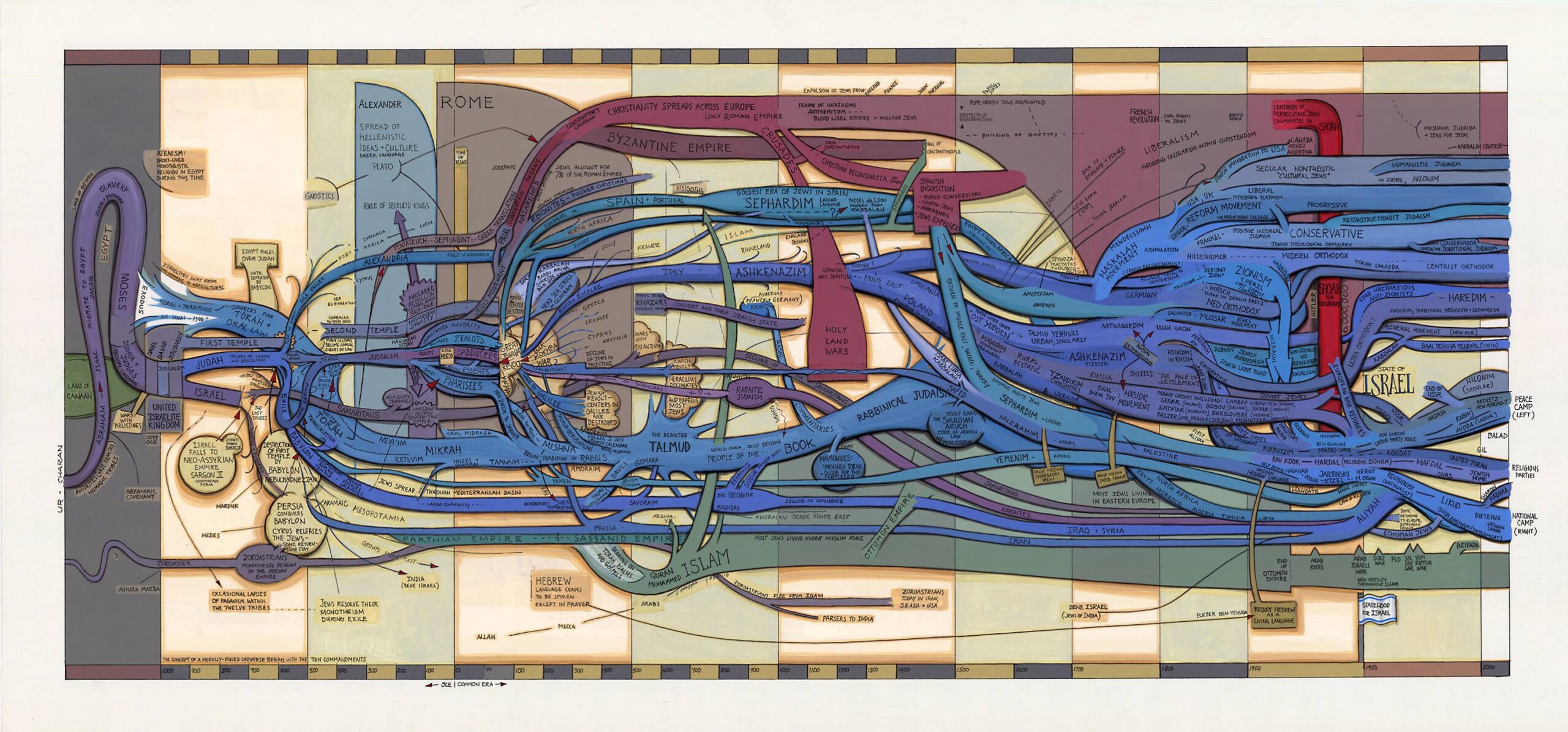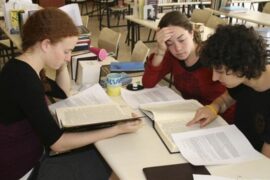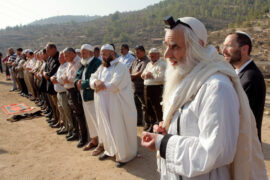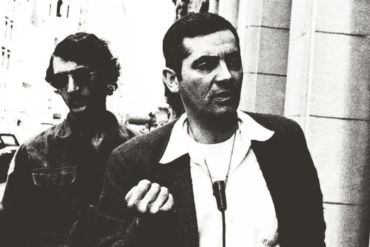As established in my last column, the people of Israel have traditionally understood history differently than how it’s viewed within the dominant Western paradigm. While Western historiography is centered around a linear understanding of history, with terms such as “progress,” “development,” and “advances” central to its viewpoint, Jewish historiography sees history as cyclical, centering Biblical figures and their defining traits as prototypical of all moral and ideological forces throughout history, engaging on a limited and amorphous backdrop of spiritual advancement.
Because of this, we have historically found strong identification with our ancestors through the parallels between their moments of triumph and hardship and our own. While the last centuries of Jewish integration into the Western world have endangered the continued use of our unique historiographic tradition, certain scholarly voices have continued to ground their narratives in this framework.
In order to better appreciate the rich historiographic tradition of Am Yisrael, I suggest that we take a close reading of one such piece of this literary canon. Shlomo bar Shimshon’s 1096 chronicle of the First Crusade’s attack on the Jews of Mainz serves as a useful example.[1]
First, his use of the descriptor “enemy of the Jews” in his introduction of Count Emico is a clear allusion to Haman, who is described in the same terms repeatedly in the the ninth chapter of Megillat Esther, drawing a parallel between the plight of the Jews of Persia during the Babylonian exile and those in 11th century France. This parallel is drawn out further by a direct quote from Megillat Esther used to describe the carnage of the crusade. Emico is not a unique, new enemy of the Jews, but rather the newest iteration of an endless chain of persecutors.
Later, in recounting the terrors experienced by one particular mother, he makes more direct allusions to other Biblical moments of trial and tribulation. To save her children from abuse by the crusaders, Raḥel, the mother, kills her children with her own blade, starting with the slaughter of her son Isaac, a clear allusion to the Akedat Yitzḥak (binding of Isaac). The praise that bar Shimshon gives Raḥel for her actions shows an identification of her sacrifice in service of HaShem with that which the patriarch Avraham was willing to make. Finally, after having killed the rest of her children, she is found by the crusaders wailing over her dead. This allusion to Yirmiyahu’s prophetic vision of the matriarch Raḥel wailing over her children on their way into exile is a comment on the persistent state of exile experienced by our people for the last 2,000 years, but also hints at the eventual redemption the Kadosh Barukh Hu promises to Raḥel in the following verse.
Some scholars suggest that the account of Raḥel may have been sensationalized or fictionalized. However, this only serves to highlight the emphasis on recurrence and reiteration in Jewish historical writings, even to the point of mythologizing in order to evocatively express the timeless experiences of Am Yisrael. These presentations of the recurrent enemy, sacrifice and martyrdom, and the pain of exile and promise of redemption, are conventional in countless other historic works by Jewish scholars throughout the ages.
Even in recent times, our people have continued to frame history as cyclical rather than linear. There are countless examples of this historiographic method in Dr. Israel Eldad’s The First Tithe, which tells the story of the liberation of Eretz Yisrael from British rule using interesting chapter and section titles and powerfully crafted narrative to allude to essential moments in our national history, such as the exodus from Egypt and the Bar Kokhba Revolt, to name a few. Dr. Hagi ben Artzi similarly weaves Biblical language into his Megillat Sheshet Hayamim, a brief history of the 1967 Six Day War.
Having firmly demonstrated our national historiographic tradition of cyclical, rather than linear, interpretations of historical developments, I hope to explore how current events and hot-button issues in the contemporary Jewish world (especially in and around Israel) echo our national history. Through these analyses, I aim to enrich our historic knowledge, but more importantly, to deepen our understanding of the present moment as a manifestation of timeless historic forces.
[1] Printed in translation in Jacob Rader Marcus, The Jew in the Medieval World: A Source Book, 315-1791, (Cincinnati: Hebrew Union College Press,1999), 128-133.





